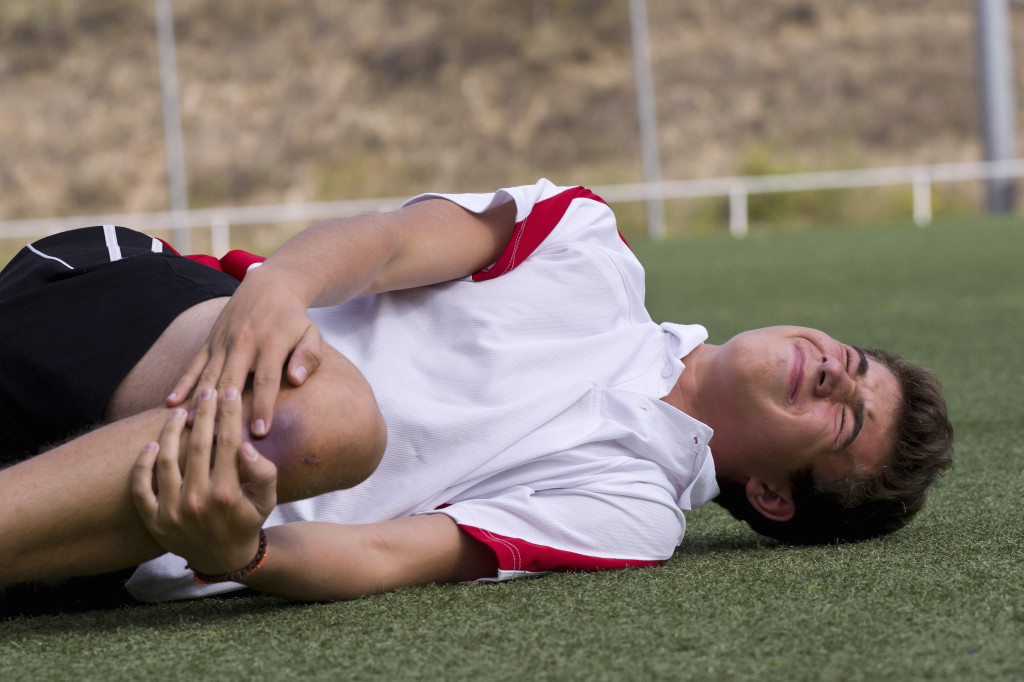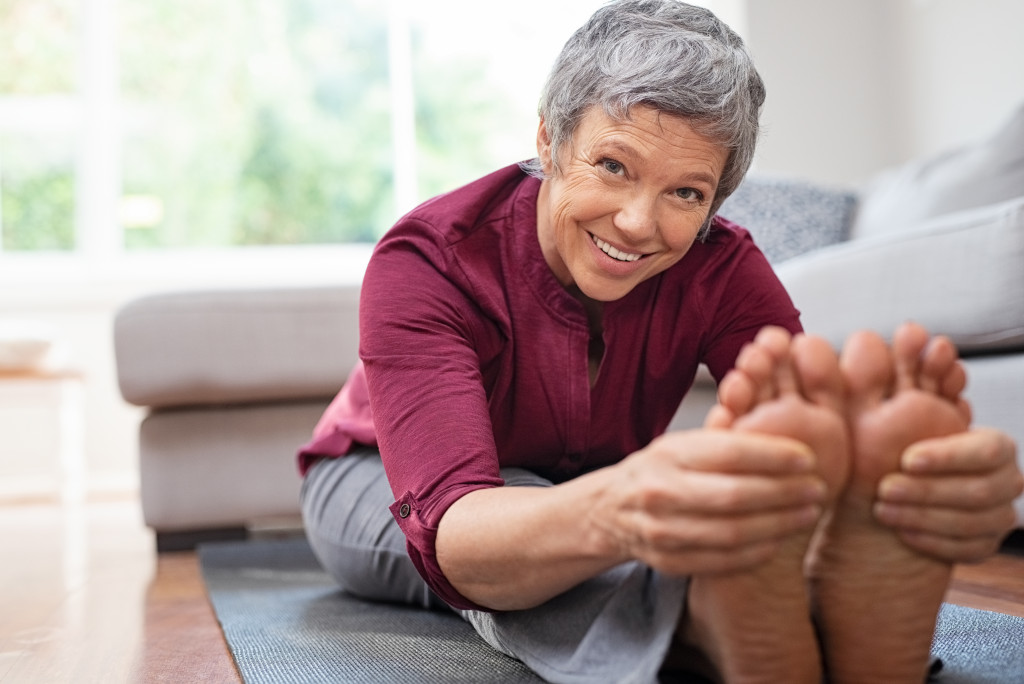• Causes of knee pain can range from injury or overuse to arthritis, tendonitis, and meniscus injuries.
• Low-impact exercises such as bowling, swimming, and biking are essential for keeping the knee healthy.
• Using a brace may help reduce pain and protect the knees from further injury.
• Seeing a professional can help provide personalized treatment advice to meet individual needs.
• By following the tips above, people can reduce knee pain and start living a healthier and more active life.
People’s knees are essential for movement, but they can be vulnerable to injury. Knee injuries can range from minor sprains and strains to severe ligament tears or fractures that may require surgery. Here’s what you need to know about the most common knee problems and how to deal with them.
Reasons Behind Your Knee Pain
Knee pain can be one of the most annoying and persistent problems. It can come on suddenly or gradually, from a dull ache to an agonizing throb. So, what’s causing your knee pain? Here are some reasons why.
Injury or Overuse
One of the most common causes of knee pain is an injury or overuse. If you’ve recently experienced an impact on your knee—such as a fall, collision, or even twisting it too hard during exercise—you may have suffered a sprain or strain, causing your knee to hurt. In addition, any repetitive motions—such as running, jumping rope, or climbing stairs—can cause excessive wear and tear on your joints, which leads to inflammation and pain in the knees.

Arthritis
Arthritis is another very common cause of knee pain. Osteoarthritis is a type of arthritis that typically occurs in older adults due to worn-down cartilage in the joints. Rheumatoid arthritis is an autoimmune disorder that causes joint inflammation and can lead to painful knee symptoms. If you are experiencing chronic knee pain accompanied by stiffness, swelling, redness, and other signs of inflammation, you should immediately see a doctor.
Tendonitis
Another common cause of knee pain is tendonitis, inflammation in one or more tendons near your knee joint. Tendons are bands of tissue that connect muscles to bones, so when they become inflamed, they can cause significant discomfort around the affected area. Tendonitis often develops due to repetitive motion or strain on a particular muscle group. In addition to causing knee pain, tendonitis can lead to stiffness and reduced range of motion in your knee joint.
Meniscus Injury
A meniscus tear occurs when one or both pieces of cartilage within your knee joint become damaged due to overuse or sudden trauma, such as twisting or turning quickly during sports like football or basketball.
A meniscus tear can cause sharp pain in your knee and swelling and stiffness in the joint. Treatment for this type of injury usually includes rest, ice/heat therapy, physical therapy exercises, anti-inflammatory medications such as ibuprofen, and sometimes even surgery, depending on how severe the tear is. After treatment you should feel better again and return to your normal life.
Dealing With Knee Pain
Dealing with the various reasons above is one way to start managing knee pain. But there are also other steps that you can take to help reduce discomfort and improve mobility.

Exercising Regularly
Regular exercise is important for keeping your knees healthy, even if injured or in pain. Low-impact exercises are crucial for this. One of the best low-impact exercises is bowling. You can visit a local commercial bowling alley to start. These bowling alleys often have special lanes designed for people with knee pain. You can also try swimming or biking as low-impact alternatives.
Using a Knee Brace
A knee brace is another excellent way to help reduce pain and protect your knees from further injury. Many types of braces are available, ranging from simple neoprene sleeves to more complex hinged braces. Choosing the right type of brace for your specific injury is essential, as some may be more effective than others at reducing discomfort and increasing stability.
Seeing a Professional
Finally, if your knee pain persists despite trying different types of exercises and bracing, it is recommended that you seek professional help from an orthopedic specialist or physical therapist. Your doctor can help diagnose the exact cause of your pain and provide personalized treatment advice to meet your specific needs.
Knee problems can be irritating and uncomfortable, but there are ways to manage and prevent them. By following the tips above, you can reduce knee pain, improve mobility, and get back to doing the activities you love. This way, you can start living a healthier and more active life.
